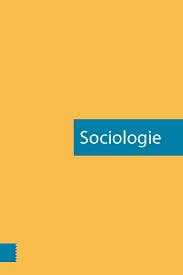Abstract
The empirical literature on social capital has repeatedly focused on positive social connections and the resources that accrue from them. Nevertheless, social capital theory indicates that social networks may also consist of negative ties and negative resources. This exploratory study among Vocational Education and Training (VET) students confirms the existence of negative social capital; it further demonstrates a relationship between negative and positive social capital. While we find few significant differences in positive and negative forms of social capital across educational levels, the results clearly show that low-educated vocational students are more vulnerable than medium-educated vocational students. This increased vulnerability originates from the combination of higher levels of negative social capital and lower levels of positive social capital among low-educated students. Our results suggest social inequality is not just a product of unequal access to positive social capital. Rather, there appears to be a vulnerable group of youth who experiences not only less social capital, but also more negative network aspects. Taken together, this could signal further labour market disadvantages and prospects of increasing social inequality.
How to Cite:
de Haan, J., Baay, P. & Yerkes, M., (2015) “Positief en negatief sociaal kapitaal van mbo-jongeren: sociale ongelijkheid naar opleidingsniveau?”, Sociologie 11(3-4), 424–448. doi: https://doi.org/10.5117/Sociologie/157433142015011003006
Downloads:
Download PDF
View PDF
350 Views
69 Downloads
Published on
2015-10-20
Peer Reviewed


